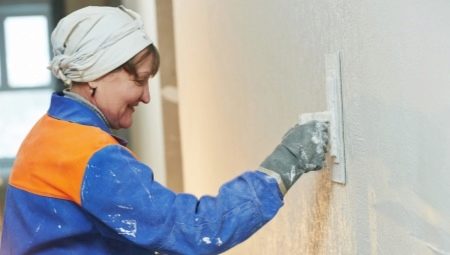In order for our houses, the surrounding buildings and structures to look beautiful and have a longer service life, they must be constantly looked after. They need to be plastered as necessary, since cracks in the walls can appear over time, painted, because under the influence of the environment they become gray. All this will significantly extend the life of buildings and improve their appearance not only from the outside, but also from the inside. Without special skills and abilities, no one will be able to do this work efficiently, which is why there is a profession of a painter-plasterer.
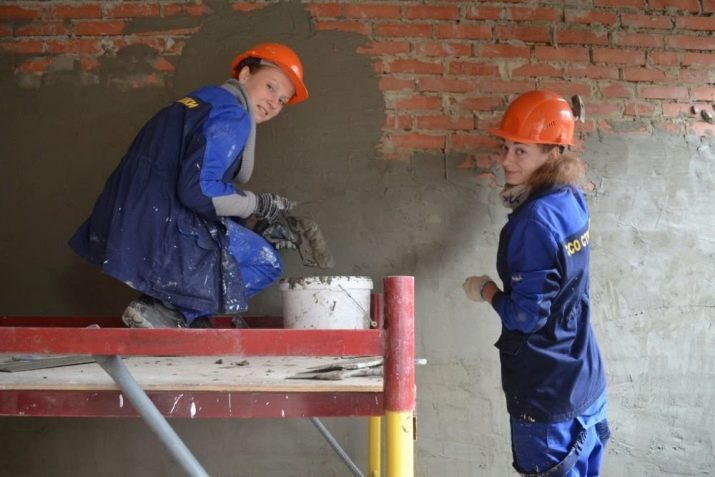
Description
Plasterer painter is a profession that is necessary in the construction or service organizations. The work consists in plastering walls of concrete or another surface, in its further cleaning and painting. It can be walls of a building, steps, all that can be plastered and painted. The work is quite complicated, since the working mixtures are heavy, hands are in constant motion on weight. Specialists need to interfere with the solution, add water to it, raise it to the required height.
Not only the appearance of buildings or premises, but also the term of their further operation depends on the quality of this work. An employee of this industry should have the necessary equipment with him, with the help of which he will perform his work efficiently.
The use of craftsmen, spatulas, rules, plumb and other tools greatly facilitate the work and reduce time.
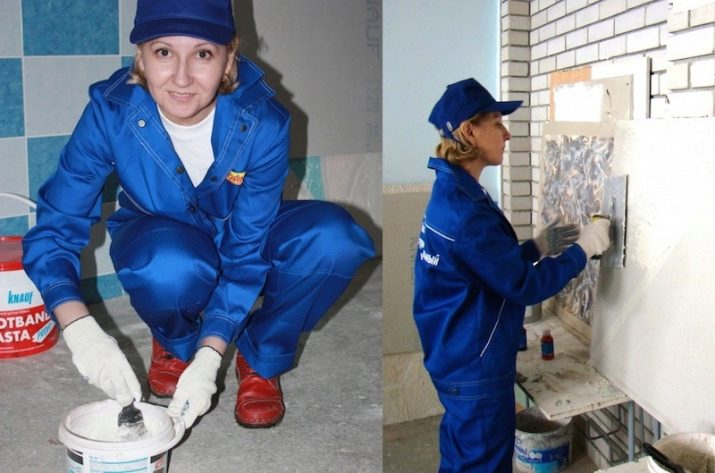
Currently, technology is expanding, specialists in this industry work not only on concrete surfaces, but can also specialize in working with gypsum putty on foam, drywall or other surfaces. They can deal with relief stucco from special textures and decorative painting.
Work is considered and is harmful, as it is carried out in conditions of constant dust and specific odors, which then affects the work of the respiratory system. For harmful specialists in this profession add days to the main vacation.
This profession is not allowed for people who have problems with coordination of movements, veins and heart, blood vessels, there are chronic diseases of the respiratory system and allergies.
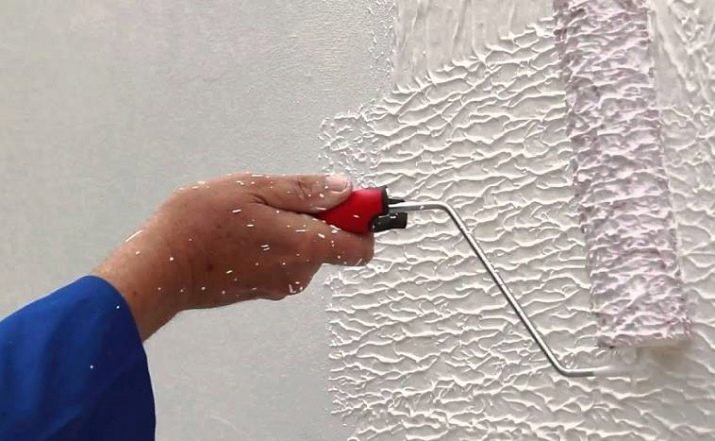
Responsibilities
Plasterer painter applies to the category of workers. When applying for a job, he is introduced to the job description, which is compiled in accordance with the ETKS indicating all qualification requirements for the employee. And there is also a professional standard that regulates and determines the type of professional activity and labor functions of an employee.
Plasterer painter must deal with the cladding of buildings, their plastering and painting. And also he must do the interior decoration of walls in residential and non-residential premises. It can be private houses or production sites.
Performs sizing of wallpaper and their possible painting. Carries out plasterboard plasterboard and false ceilings. In the process, prepares surfaces, makes cleaning of the old layer, primers and paints. At the same time, it can use electric brushes, a roller, brushes, paint mixers and other tools. It is obliged to be able to prepare paint-containing mixtures with the necessary tone, to paste the walls with wallpapers of various quality. The duties of the plasterer also include washing and cleaning tools after work, as well as maintaining order at the workplace. Compliance with safety and environmental standards.
Can work as part of a team or independently. The profession of a painter-plasterer includes 6 categories, for each increase it is necessary to take courses.
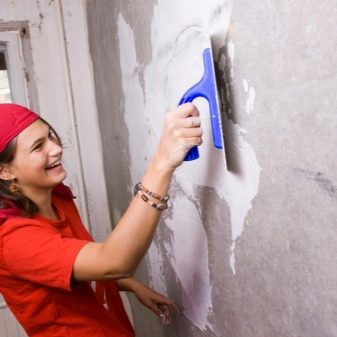
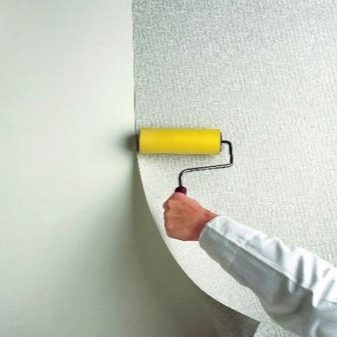
A specialist in this profession should be physically healthy, with a moving body and strong arms. Must be neat, have visual-figurative thinking, good memory. He should have good taste and a linear eye.
Knowledge and skills
A specialist in this profession must know and be able to.
- Understand the field of art and technical creativity.
- Be familiar with the basics of chemistry and physics, as it is necessary for his work. Know the chemical properties of materials, types and qualities of substances that accelerate or slow down the solidification of solutions.
- Master the different methods of plastering and painting, options for performing painting.
- Be familiar with the rules of color formation.
- Use the mechanisms for plastering and painting, know the device and the basics of using non-stationary paint stations.
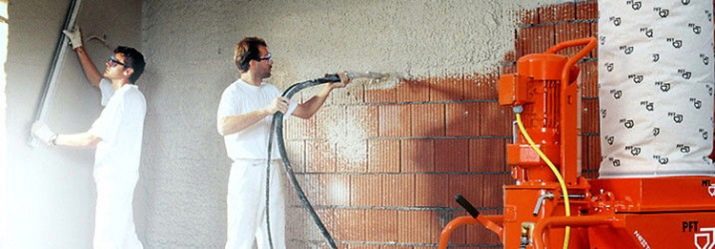
Training
You can study for this profession in any construction school or take courses that last several months. During the training for the specialty, seminars and lectures on the main subjects will be listened, and there will also be time for practical training at construction enterprises.
Upon completion of training, a diploma or certificate of training of a state standard is issued. Education begins with assigning a student 2 grades.
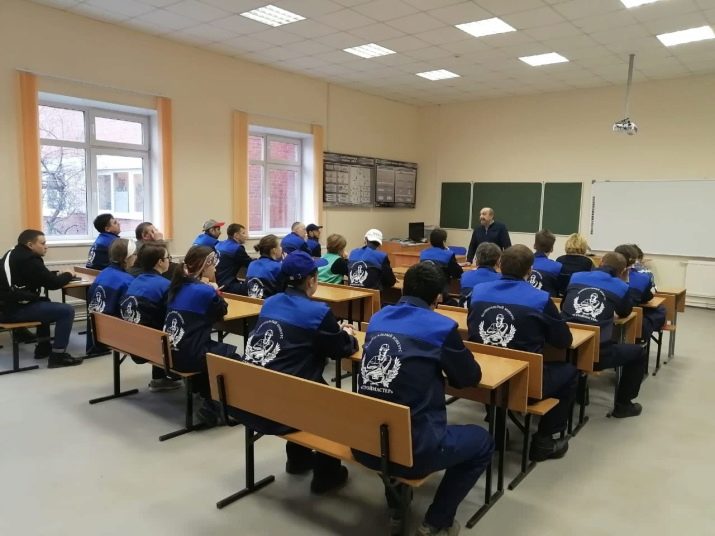
To increase the category, it is necessary to take courses appropriate to the category.
- 2 category. This category involves the implementation of the simplest work on plastering and painting walls. Clean with a spatula or other simple surface fixtures. Lubricate and clean potholes.
- 3 category. The painter-plasterer of the third category should perform all the work that is provided for by the second category in this specialty, as well as be able to cut knots from a wooden surface and embroider cracks, prepare and grind putty compositions. Must be able to putty manually and smooth the putty coat, apply it manually, primer surfaces with various tools, sand them and coat with varnishes and paints. Glue wallpaper and apply glue. Know the quality and composition of the materials that he uses.
- 4th category. A painter-plasterer of the 4th category should carry out work of medium complexity on the repair of surfaces, their gluing and painting. It can be putty and primed using mechanized tools. Paint the walls with spray guns, rollers or brushes. Can glue wallpaper fabric or medium density. Trim the edges of the wallpaper on a special machine. Do batch cutting wallpaper on the machine. Must know the principle of operation of cutting machines, their device and rules of use.
- 5th category. An employee of this category must perform complex repair and pasting work. It can be painted with mechanized devices, high-pressure devices, draw panels with a bite. Cut and copy stencils of any complexity. To paint surfaces in several tones. Decorate the walls with patterned plaster and chips. Change wallpaper glued back to back. Glue wallpapers of high quality, from wood material or dermatin. Must know the options for the selection of coloring compounds, alternative coatings of expensive wood or stone.
- 6th category. The specialist of the sixth category can produce textured plastering and painting, surface finishing with an airbrush method, can paint walls with ornaments in different tones, do volumetric painting, painting according to sketches and drawings. Make individual tones from complex coloring components. Carry out decorative varnishing, silvering and gilding of surfaces. I must know the methods and options for painting surfaces, the basics of color formation and mixing of pigments, taking into account their chemical composition.
A 6th grade specialist must have a secondary vocational education.
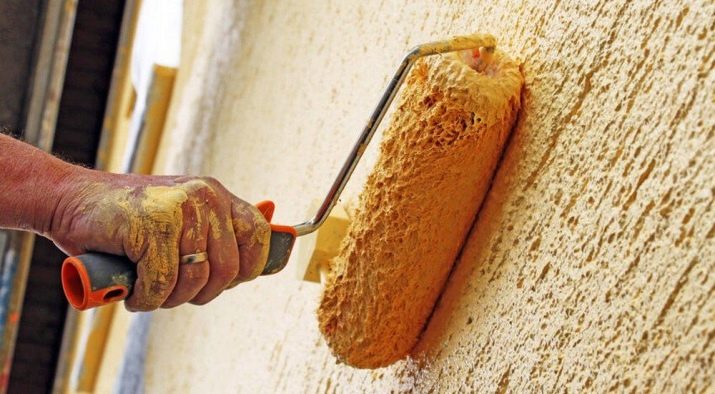
Where does it work?
A specialist in this profession can work in any construction company or production organization, on the balance of which there are buildings and structures that need regular maintenance and repair. And also the plasterer painter can work privately, where he will perform work for the population or organizations. Carry out cosmetic and major repairs requiring wallpapering or plastering. And it can also putty drywall, apply gypsum plaster and various textured mixes on it.
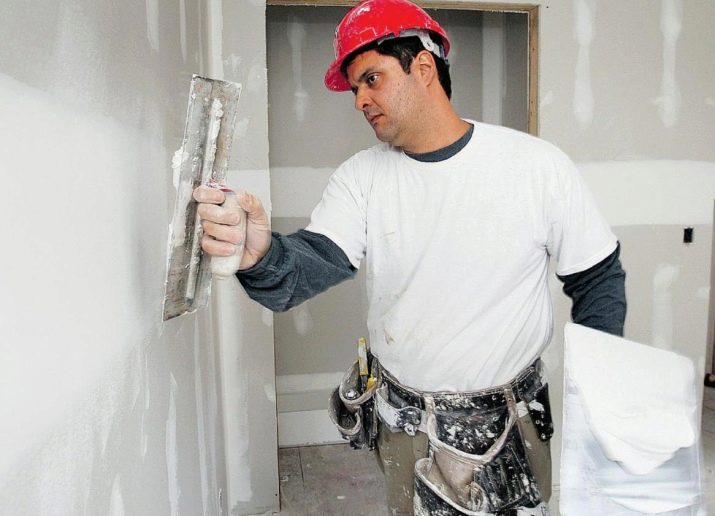
How much does it get?
Of course, work in construction, especially in construction, at state enterprises does not imply a high salary, which ranges from 15,000 to 20,000 rubles. But if an employee has opened a private enterprise and works for himself, he will find a job with high pay, since high-level specialists who work with the latest technologies are popular and receive a salary of more than $ 500.
This is especially true of private orders for pasting expensive wallpapers or applying decorative plaster. And also it can be textured and colored plastering of facades with their further staining.

